|
Our Therapies
|
Positional Release Therapy (PRT)
Origin of PRT
Positional release therapy has evolved through the work of various clinicians, one important discovery of the clinical application of these principles was originated from Dr. Lawrence H. Jones, D.O., with his method of “Strain and Counterstrain”. Strain and Counterstrain became popular in the 1970s. The technique is considered an indirect manipulative technique of extreme gentleness for the treatment of somatic dysfunctions, and when irregular neuromuscular activities have maintained and perpetuated abnormal mechanical stress to tissue in both acute and chronic conditions. What is PRT ? Positional release therapy is a method of total body evaluation and treatment using tender points (TPs) and a position of comfort (POC) to resolve the associated musculoskeletal dysfunction. PRT is an indirect technique (the body part moves away from the resistance barrier and towards the direction of ease) and passive (the patient is passively moved by the therapist) method of treatment. Once the most severe tender points are found, they are palpated as a guide to help find the POC. The POC produces optimal relaxation of the involved tissue. How is PRT performed ? The treatment is accomplished by placing the involved tissues in an ideal position of comfort. The patient is passively placed in that specific position until it causes a subjective reduction in tenderness and objective softening of the soft tissues underneath the therapist’s palpating finger. It takes approximately 90 seconds. The purpose of POC is to reduce the irritability of the tender point and to normalize the tissues associated with the dysfunction. One theory holds that while in the position of comfort, there is a reduction and arrest of abnormal proprioceptive activity of muscle spindles holding the dysfunction.
What problems can PRT help ? PRT can achieve treatment effects of decrease in protective muscle spasm, normalization of fascial tension, reduction of joint hypomobility, increased circulation and reduced swelling, decreased pain and increase muscle strength. The aim of PRT is to remove restrictive barriers of movement in the body.
|

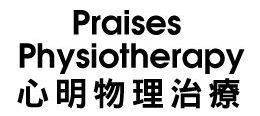


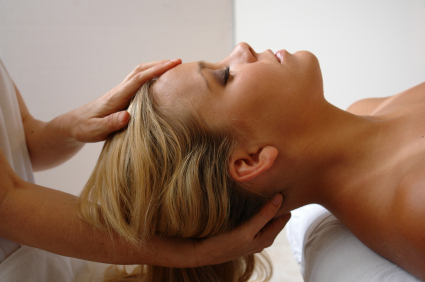
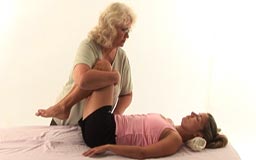
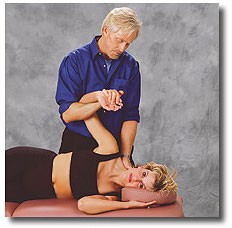
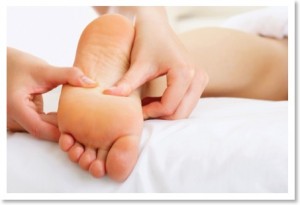
 Conditions that can be benefited from PRT treatment :-
Conditions that can be benefited from PRT treatment :-